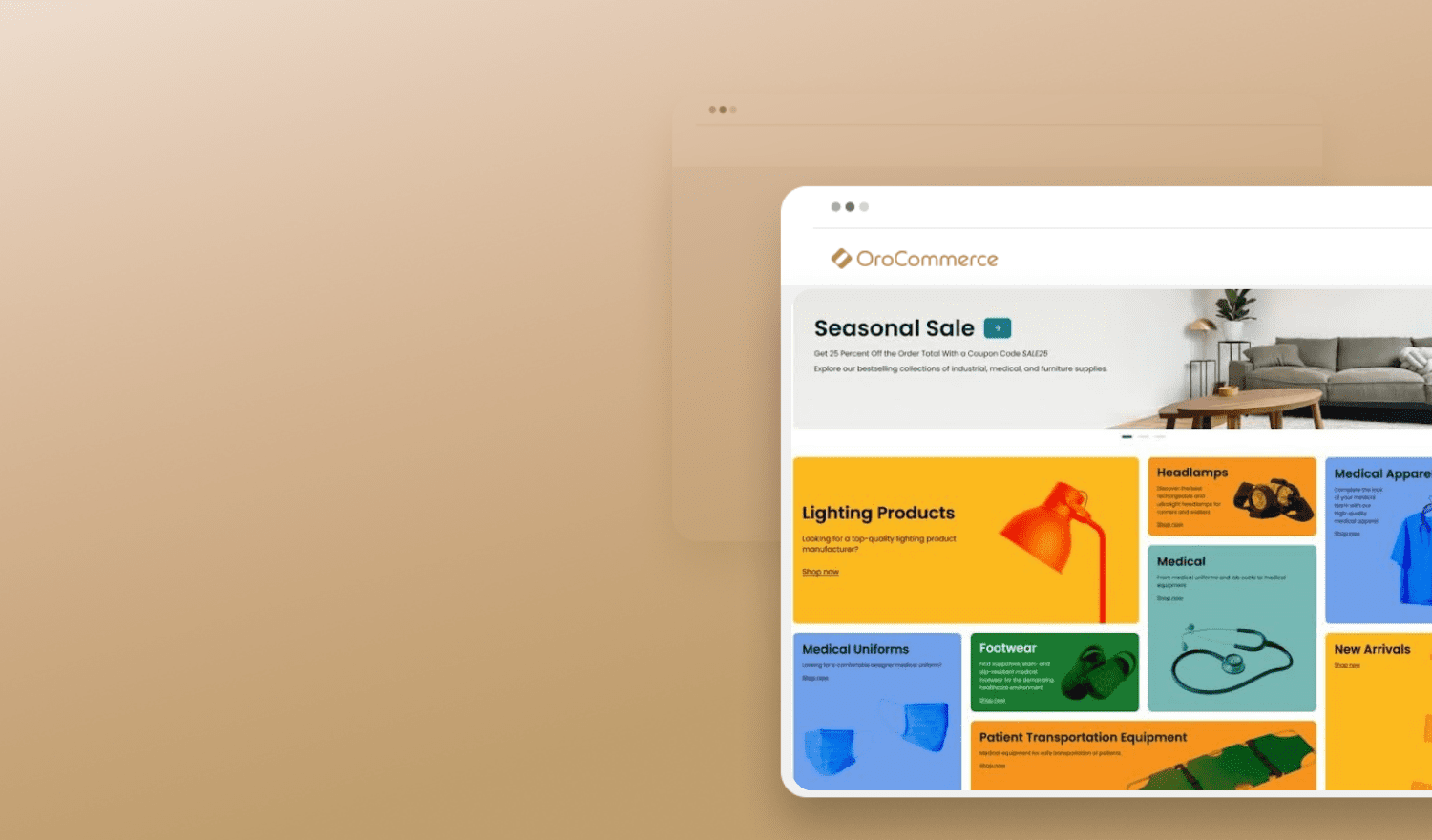It is not the strongest of the species that survives, nor the most intelligent that survives. It is the one that is the most adaptable to change. – Charles Darwin
The rise of digitalization is transforming the B2B market. The marketplace is changing and only those companies that adapt to the change will survive. Dinosaurs didn’t adapt to their rapidly changing environment; mammals did. Which will your company be? This installment is the first in a 3-part series on the effects of digitalization on manufacturers wholesalers and retailers. In this article, we will look at how digitalization has changed the B2B market and B2B purchasers.
It is not the strongest of the species that survives, nor the most intelligent that survives. It is the one that is the most adaptable to change. – Charles Darwin
The rise of digitalization is transforming the B2B market. The marketplace is changing and only those companies that adapt to the change will survive. Dinosaurs didn’t adapt to their rapidly changing environment; mammals did. Which will your company be? This installment is the first in a 3-part series on the effects of digitalization on manufacturers wholesalers and retailers. In this article, we will look at how digitalization has changed the B2B market and B2B purchasers.
Change by the Numbers
The greatest change in the B2B market is the rise of B2B e-commerce. E-commerce is no longer the purview of B2C retailers. Nearly 30% of B2B buyers in 2016 made half of their purchases online and this number is forecast to nearly double this year. Business buyers are so accustomed to making personal purchases online they now apply retail digital transformation expectations to B2B purchasing experiences. How big is the B2B e-commerce market? Wrap your arms around this:
One eMarketer survey found that 86% of B2B companies in the US offered online purchasing to their customers via their website.
A Frost & Sullivan Forecast estimates that by 2020, B2B e-commerce sales will be in the neighborhood of $6.7 trillion and account for 27% of all B2B sales. What’s more, the B2B market is expected to double the B2C online market size. Transaction volumes will be higher as well.
A Gartner report on digital business technology put 2015 worldwide spending on digital commerce software at $4.7 billion. That’s a year-over-year increase of 15%. They also estimate that by 2018, 40% of B2B digital e-commerce sites will use algorithms to dynamically deliver product pricing.
As far back as 2013, 75% of B2B firms were already looking to upgrade their ecommerce platforms within the next 3 years. These B2B firms saw the potential for the internet to change the B2B market and began deploying early e-commerce technology. But, they struggled to find solutions that could handle the complexities found in B2B e-commerce while still being user friendly.
Concurrently, software developers also recognized the potential of the B2B market and began developing solutions tailored to B2B commerce. In today’s market, if you are a B2B business that doesn’t offer your customers an online shop, it’s inevitable that your competitors will or already do.
Purchasers are Changing
The B2B buyer isn’t the same as a B2C buyer. They have different needs. For example, they want to buy on terms, need more control over delivery times, and must satisfy the needs of multiple stakeholders in their company. But, just as internet e-commerce has changed the expectations of the B2C customer, it has changed the B2B buyer as well. 74% of purchasers now research at least half of their purchases on the internet. It’s no wonder that 74% of purchasers also find that buying from a website is more convenient that buying from a representative. Once they have decided what to buy, 93% of purchasers prefer to buy online.
Their expectations have changed as well. These purchasers are looking for a digitally-enhanced self-serve B2B model. In the digital age, your most effective sales representative may not be a person but your e-commerce site accessed from the purchaser’s desktop computer or mobile device.
In Customers 2020, Walker revealed that by the year 2020, customer experience will overtake price and product as the key brand differentiator. It won’t matter if your products are superior. If you aren’t providing a superior customer experience, you won’t earn their business.
How Does B2B Adapt?
It’s clear that the B2B environment is changing and the expectations and habits of purchasers are changing. The question becomes how does the B2B model adapt successfully?
The reason that Amazon and Alibaba marketplace model are so wildly successful is they have learned to use technology to tailor the buying experience to the buyer.
Successful B2B businesses must learn to do the same. It’s not enough to capture information about your customers; you must effectively put it to use. You need to rethink how to manage and track interactions with your buyers. This is even more complex in a multi-channel environment, but an effective CRM tool can simplify the data and provide a 360° view of each customer.
In the next installment in this series, we will take a look at winning strategies successful B2B companies are using to adapt to the changing environment and highlight positive trends. And we will wrap up with a recommendation for tools and resources to help.



